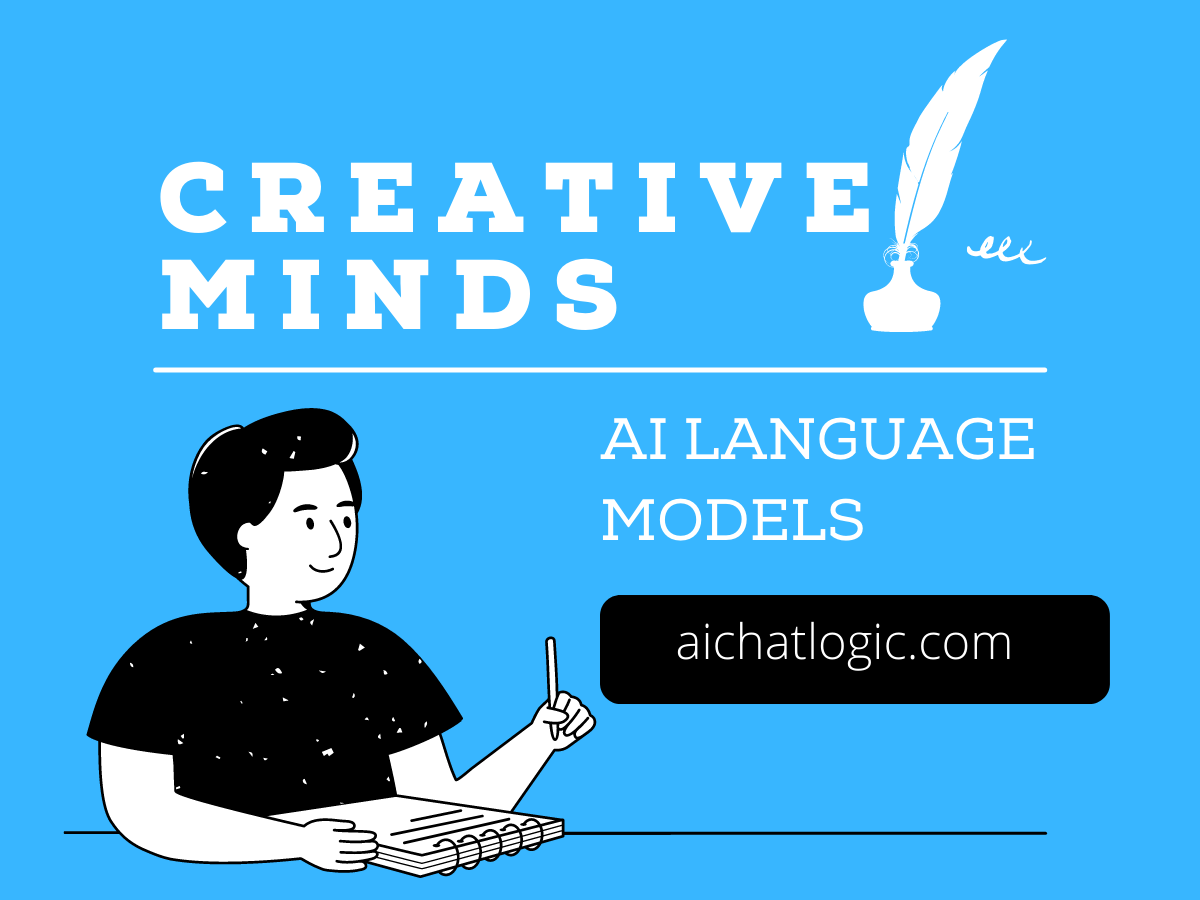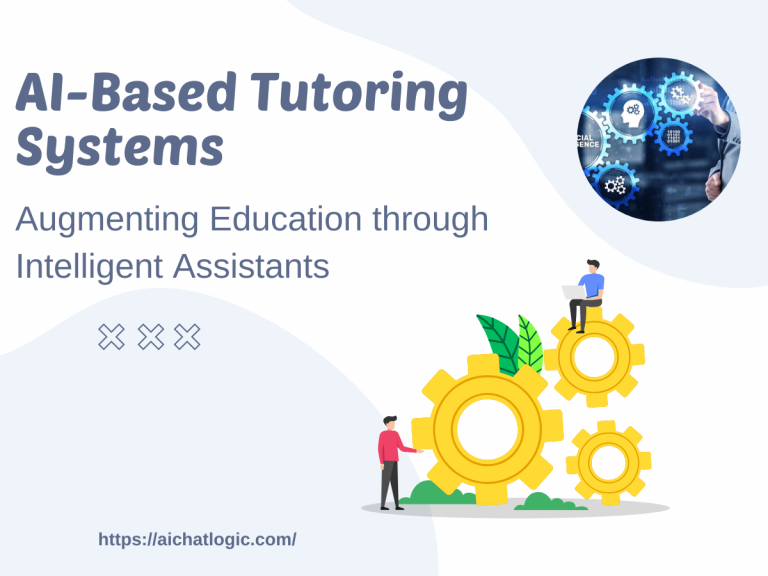AI language models have revolutionized the field of creative writing, providing an unprecedented level of assistance and inspiration for writers. With their ability to generate human-like text and aid in various writing tasks, these models have become invaluable tools for creative minds looking to enhance their productivity and explore new horizons in their writing endeavors. In this article, we will delve into the world of AI language models and examine how they can be the ultimate writing assistants for individuals in the realm of creative writing.
CONTENTS
- Introduction
- What are AI language models?
- The rise of AI language models
- How do AI language models work?
- Benefits of using AI language models for creative writing
- Increased productivity
- Generating new ideas
- Improving writing skills
- Enhancing creativity
- Limitations of AI language models
- Lack of human touch
- Potential biases
- Ethical considerations
- How to effectively use AI language models for creative writing
- Providing prompts and guidelines
- Collaborating with AI
- Editing and refining generated content
- Examples of AI language models for creative writing
- GPT-3.5
- Other popular models
- Future prospects and advancements
- Improved training data
- Enhanced customization options
- Integration with other tools and platforms
- Conclusion
- FAQs
- Feedback request
Introduction
Creative writing is an art that requires a delicate balance between imagination and skill. Writers constantly seek ways to improve their craft, overcome writer’s block, and explore new ideas. This is where AI language models step in. These models are trained on vast amounts of text data and employ advanced machine learning techniques to generate coherent and contextually relevant text. With their ability to mimic human-like language, AI language models have become powerful allies for writers seeking assistance in their creative pursuits.
What are AI language models?
AI language models are sophisticated algorithms that leverage deep learning techniques to understand and generate human language. They have the capacity to learn patterns, semantics, and grammar from large datasets, allowing them to generate text that closely resembles human writing. These models are designed to predict the next word or sequence of words based on the context provided, making them ideal for various writing tasks.
The rise of AI language models
In recent years, AI language models have gained significant attention and popularity. The advancements in natural language processing and machine learning algorithms have led to the development of increasingly powerful models. Models like GPT-3.5 have millions of parameters, enabling them to generate highly coherent and contextually appropriate text. This surge in AI language models has opened up new possibilities for writers, making them indispensable tools in the creative writing process.
How do AI language models work?
AI language models are trained on vast amounts of text data, which can include books, articles, websites, and more. During the training process, the models learn the statistical patterns and relationships between words and phrases. This enables them to generate text that is coherent and relevant to the given context. The training process involves multiple iterations and fine-tuning to optimize the model’s performance.
Once trained, AI language models can be used to generate text by providing them with a prompt or initial input. The model then generates a sequence of words based on its learned knowledge and the given input. The output can be further refined and customized through specific instructions and constraints.
Benefits of using AI language models for creative writing
Increased productivity
AI language models can significantly boost a writer’s productivity. They provide instant suggestions, auto-completion, and even generate entire paragraphs or essays based on a given prompt. This saves writers valuable time and allows them to focus on other aspects of their work, such as refining ideas and adding personal touches.
Generating new ideas
One of the greatest strengths of AI language models is their ability to generate new ideas. By providing a simple prompt or asking a question, writers can receive a plethora of creative suggestions from the model. These suggestions serve as excellent starting points for exploring new narratives, characters, or plot twists.
Improving writing skills
AI language models can act as invaluable writing tutors. They can highlight potential grammar or syntax errors, suggest alternative word choices, and even provide explanations for their suggestions. This feedback helps writers enhance their writing skills and learn from the model’s vast knowledge of language conventions.
Enhancing creativity
AI language models serve as catalysts for creativity. They can inspire writers with new perspectives, unusual word combinations, and unique storytelling ideas. By collaborating with AI, writers can push the boundaries of their imagination and discover novel ways to express their creativity.
Limitations of AI language models
While AI language models offer immense benefits, they do have certain limitations that writers should be aware of.
Lack of human touch
AI language models, despite their capabilities, lack the human touch that makes writing truly special. They can generate coherent text, but it may lack the emotions, personal experiences, and nuances that only a human writer can infuse into their work. It’s essential for writers to maintain their own voice and style while using AI assistance.
Potential biases
AI language models learn from vast datasets that can contain biases present in the training data. This can inadvertently influence the generated content and perpetuate biases in the writing. It is crucial for writers to critically evaluate and edit the AI-generated text to ensure it aligns with their own values and principles.
Ethical considerations
The use of AI language models raises ethical questions regarding authorship and intellectual property. Writers must be mindful of potential copyright issues and give due credit when using AI-generated content in their work. Additionally, they should consider the impact of automation on job opportunities in the writing industry and strive for a harmonious balance between AI and human creativity.
How to effectively use AI language models for creative writing
To maximize the benefits of AI language models, writers should adopt effective strategies for their utilization.
Providing prompts and guidelines
When using AI language models, writers should provide clear prompts and guidelines to guide the generation process. This helps steer the AI towards generating content that aligns with the writer’s vision. By specifying the tone, style, or desired outcomes, writers can achieve more tailored and relevant results.
Collaborating with AI
Rather than viewing AI language models as replacements, writers can embrace them as collaborators. Writers can start a piece of writing and allow the AI model to suggest ideas, offer alternative phrases, or even take the narrative in unexpected directions. This collaborative approach can lead to unique and exciting creative outcomes.
Editing and refining generated content
AI-generated content should not be considered the final product. Writers must invest time in editing and refining the AI-generated text to align it with their intended message and style. By carefully curating the output and adding their personal touch, writers can ensure that the final piece reflects their artistic vision.
Examples of AI language models for creative writing
Several AI language models have gained popularity in the realm of creative writing. GPT-3.5, developed by OpenAI, is one such example. With its vast knowledge and ability to generate coherent and contextually appropriate text, GPT-3.5 has become a go-to tool for writers seeking assistance. Other models like ChatGPT, DALL-E, and MuseNet have also showcased their prowess in generating creative content.
Future prospects and advancements
The field of AI language models is rapidly evolving, presenting exciting prospects for the future of creative writing.
Improved training data
As AI language models are trained on larger and more diverse datasets, they will continue to improve their understanding of language and context. This will result in even more accurate and sophisticated text generation, enabling writers to benefit from increasingly advanced AI assistance.
Enhanced customization options
Future AI language models are likely to offer enhanced customization options. Writers will be able to fine-tune models according to their specific needs and preferences. This will allow for greater control over the output and a more personalized writing experience.
Integration with other tools and platforms
AI language models are expected to integrate seamlessly with existing writing tools and platforms. This integration will streamline the writing process, allowing writers to harness the power of AI assistance within their preferred writing environments. Whether it’s a word processor, a content management system, or a writing app, writers will have easy access to AI writing assistants.
Conclusion
AI language models have emerged as indispensable writing assistants for creative minds. They offer a range of benefits, including increased productivity, idea generation, skill improvement, and enhanced creativity. However, writers should be mindful of the limitations, such as the lack of human touch, potential biases, and ethical considerations. By effectively utilizing AI language models, collaborating with them, and adding their personal touch, writers can leverage the power of AI to unlock new levels of creativity and productivity.
FAQs
1. Can AI language models replace human writers?
No, AI language models cannot replace human writers. While they provide valuable assistance, the human touch and creativity are essential for creating truly unique and emotionally impactful writing.
2. Are AI-generated ideas always original?
AI-generated ideas are based on patterns and information learned from training data. While they can offer fresh perspectives and suggestions, writers should critically evaluate the originality of the ideas and ensure they align with their own creative vision.
3. Can AI language models write in different styles and genres?
Yes, AI language models can adapt to different styles and genres based on the training data and prompts provided. However, writers may need to provide specific guidelines and examples to help the AI generate content that matches the desired style or genre.
4. Are AI language models suitable for beginner writers?
AI language models can be valuable for beginner writers as they offer guidance, feedback, and inspiration. However, it’s crucial for beginners to develop their writing skills and voice by actively practicing and studying the craft of writing.












+ There are no comments
Add yours